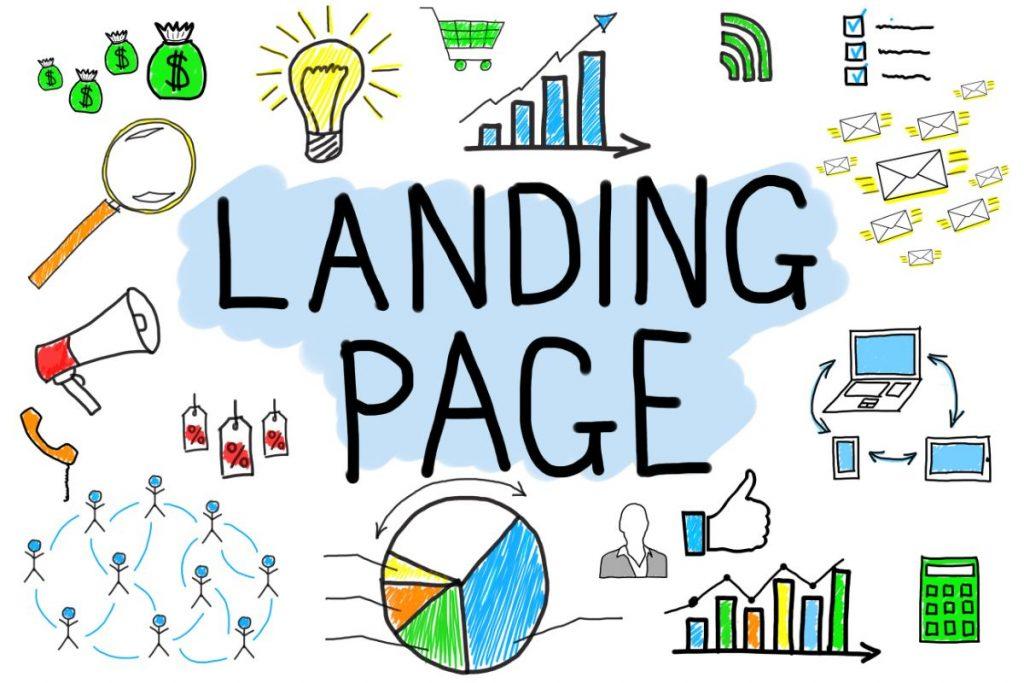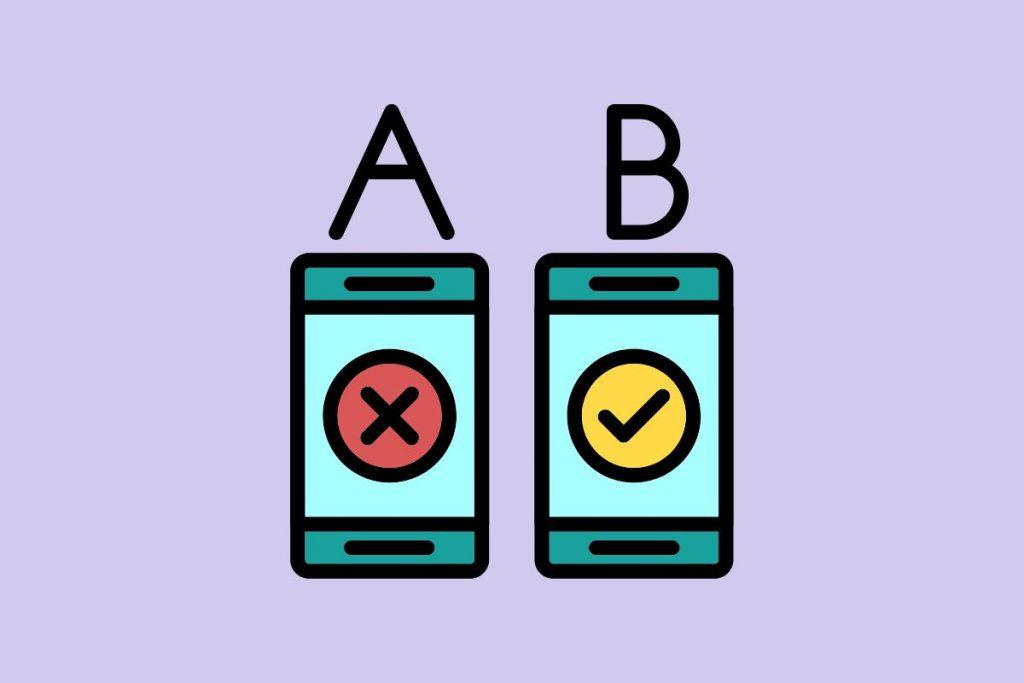- What is pay per click advertising?
- How does pay per click advertising work?
- The benefits of pay per click advertising
- The disadvantages of pay per click advertising
- How to set up a pay per click campaign
- Tips for running a successful pay per click campaign
- How to measure the results of your pay per click campaign
- Troubleshooting pay per click campaigns
- The future of pay per click advertising
Are you looking for a way to quickly and easily generate traffic to your website? If so, pay per click (PPC) advertising may be the perfect solution for you. With PPC, you can create ads and target them to specific groups of people, which can lead to a surge in website visitors. Best of all, you only pay when someone clicks on your ad, making it a cost-effective way to reach new customers.
What is pay per click advertising?
Pay-per-click advertising is a type of online marketing in which businesses pay to have their ads displayed on websites and search engines. When someone clicks on an ad, the business pays a small fee. This type of advertising can be a great way to generate leads and drive traffic to your website.
There are many different platforms that offer pay-per-click advertising, including Google AdWords, Bing Ads, and Facebook Ads. Each platform has its own strengths and weaknesses, so it’s important to choose the one that’s right for your business.
Google AdWords is the largest and most popular pay-per-click platform. It offers a wide range of features and options, making it a good choice for businesses of all sizes. However, it can be difficult to use effectively without some experience.
Bing Ads is another popular option that offers some unique features, such as demographic targeting and location extensions. It can be a good choice for businesses that are already using Microsoft products like Office and Outlook.
Facebook Ads is a good option for businesses that want to target users by interests and demographics. It’s also fairly easy to use, making it a good choice for small businesses.
How does pay per click advertising work?
Pay per click advertising is a type of online advertising where you pay a fee each time someone clicks on your ad. The price you pay per click depends on a number of factors, including the competitiveness of the keyword you are bidding on and the quality score of your ad. The quality score is a measure of how relevant and useful your ad is to the person who sees it, and it takes into account things like the relevance of your ad to the keywords you are bidding on, the quality of your landing page, and your past click-through rate (CTR).
The benefits of pay per click advertising
There are many benefits of pay per clickadvertising. Perhaps the most obvious benefit is that you only pay when someone clicks on your ad. This means that you can control your budget andonly spend money when you know it will be effective.
Another great benefit is that pay per click advertising can be very targeted. You can target ads to people based on their location, interests, and even the specific keywords they have searched for. This means that your ads are more likely to be seen by people who are actually interested in what you have to offer, which can lead to more sales and conversions.
Pay per click advertising can also be a great way to increase brand awareness and reach a wider audience. When people see your ads, they will associate your brand with the keywords they searched for, which can help to increase brand recognition and recall.
Overall, pay per click advertising offers a lot of advantages and benefits that can help you to reach your marketing goals.
The disadvantages of pay per click advertising
Although there are many advantages to pay per click advertising, there are also some disadvantages that you should be aware of before you decide to use this marketing strategy. One of the biggest disadvantages is the cost. PPC can be expensive, and if you are not careful, it can cost you a lot of money very quickly. Another disadvantage is that it can take time to learn how to use PPC effectively. If you don’t know what you are doing, you can waste a lot of money on ads that don’t generate any results.
How to set up a pay per click campaign
There are a few things you need to do in order to set up a pay per click (PPC) campaign. First, you need to decide which keyword phrases you want to target. Once you have your list of keyword phrases, you need to create ads that include those keyword phrases. Finally, you need to set up your PPC campaign in a search engine marketing (SEM) system like Google AdWords or Bing Ads.
When creating your ads, be sure to include the keyword phrases you’re targeting in the headline and in the body of the ad. You’ll also want to bid on those keyword phrases so that your ad will show up when people search for those terms. The amount you bid will determine how often your ad is shown; the higher your bid, the more often your ad will be shown.
Once you’ve created your ads and set up your PPC campaign, all that’s left to do is monitor your results and make adjustments as necessary.
Tips for running a successful pay per click campaign
If you want to run a successful pay per click campaign, there are a few things you need to keep in mind. First, you need to make sure that your ad is relevant to your target audience. Your ad should be keyword rich and should offer something that your target audience is interested in. Second, you need to make sure that your ad is placed in the right location. You need to place your ad on websites that are popular with your target audience. Third, you need to make sure that you are bidding on the right keywords. You need to bid on keywords that are relevant to your ad and that are not too expensive. Finally, you need to monitor your campaign closely and make changes as needed.
How to measure the results of your pay per click campaign
There are a number of ways to measure the results of your pay per click (PPC) campaign. Here are four key metrics to look at:
1. Click-through rate (CTR): This measures how often people who see your ad actually click on it. A high CTR is a good sign that your ad is relevant and effective.
2. Conversion rate: This measures how many people who click on your ad go on to take the desired action, such as making a purchase or signing up for a newsletter. A high conversion rate is a good sign that your PPC campaign is successful.
3. Cost per click (CPC): This measures how much you pay for each click on your ad. A lower CPC is a good sign that you are getting good value for money from your PPC campaign.
4. Return on investment (ROI): This measures how much profit you make from your PPC campaign, divided by how much you spend on it. A high ROI is a good sign that your PPC campaign is successful.
Troubleshooting pay per click campaigns
If your pay per click campaigns are not performing as well as you hoped, there are a few things you can do to troubleshoot the problem. First, take a look at your keyword list. Are you targeting the right keywords? If not, add relevant keywords or remove keywords that are not generating clicks.
Next, check your ad copy. Is it compelling and relevant to your keywords? If not, try changing your ad copy to see if that improves your click-through rate.
Finally, take a look at your landing page. Is it optimised for conversion? If not, make sure to test different landing page variations to see which one performs best.
The future of pay per click advertising
As the world of online advertising changes, so too must the way that businesses approach pay per click (PPC) campaigns. In the past, businesses could get away with a Spray-and-Pray method of advertising, in which they would create a single ad and then blast it out to as many people as possible in the hopes that someone would see it and be intrigued enough to click.
However, times have changed, and now businesses need to be much more strategic about their PPC campaigns if they want to be successful. With so many businesses competing for attention online, simply having a PPC campaign is not enough – you need to make sure that your campaign is targeted, relevant, and engaging if you want people to click on your ads.
One way that businesses are making their PPC campaigns more effective is by using retargeting. This involves showing ads not just to people who have never heard of your business before, but also to people who have visited your website or interacted with your brand in some way. This allows you to target your ads much more effectively, as you know that the people who are seeing them are already interested in what you have to offer.
Another way to improve your PPC campaigns is by using audience targeting. This involves showing your ads only to people who are in your target market – for example, if you sell women’s clothing, you would only show your ads to women who are within a certain age range. This ensures that the people who see your ads are more likely to be interested in what you have to offer, which leads to higher click-through rates and more conversions.
Finally, one of the most effective ways to improve your PPC campaigns is by using negative keywords. These are keywords that you add to your campaign which tell Google not to show your ad when people search for them. For example, if you sell women’s clothing, you might add “men” as a negative keyword so that Google knows not to show your ad when someone searches for “men’s clothing”. This ensures that only relevant people see your ad, which leads to higher click-through rates and more conversions.
By using these three strategies – retargeting, audience targeting, and negative keywords – you can make sure that your PPC campaigns are much more effective than they were in the past. These strategies will help you reach your target market more effectively and ensure that they see relevant ads when they search for keywords related to what you offer. In turn, this will lead to higher click-through rates and more conversions for your business
The article What is pay per click advertising? first appeared on woosimon.com



